Much of what I was taught in business school about strategy is out of date. It no longer works – at least the framework. As I’m a baby boomer that statement applies to other boomers … as well as Gen-Xers, I’d surmise. Here is why: the implicit assumption of persistence is no longer valid.
My learning was based on the lessons of the fifties, sixties and seventies. A strategy was something you put in place with the expectation that the world would stay constant for many successive quarters, if not years. Anything that moved faster than that was often referred to as a fad. Like the hula hoop, the Beatles, or Pet Rocks. Some actually turned out to be fads, though many stuck. To be sure, there were strategies to deal with here-today-gone-tomorrow opportunities, but most of what was taught in business schools focused on the seemingly straight lines of the big brands that always headed north in a pleasant and predictable trajectory. IBM, Proctor and Gamble, Nabisco, Xerox, RJ Reynolds, John Deere … the list is long.
Business strategy was taught as a framework of knowing what was within your grasp (internal, knowable and controllable) and what was not (external, often unknowable and uncontrollable) and then figuring out how to marshal your resources to win. It was the period of tools like SWOT Analysis and the BCG Matrix. Its luminaries were Peter Drucker, Michael Porter, Theodore Levitt, Jack Trout and Rosser Reeves.
I studied all of them, and more. I still do. It is still relevant.
What is no longer valid, though, is a framework of strategy based on the implicit assumption that things in the world (competitive methods, buyer tastes and habits, tactics) stay fairly constant for years at a time, i.e. they persist. Things move far more quickly and fluidly than they did before 1995. The rate of change is occurring faster than the ability of conventional strategy frameworks to deal with it. The assumption of persistence – at least for those deciding strategies – must be replaced by an assumption of continuous and interminable change.
I recently read a couple of articles by McKinsey’s Chris Bradley and Angus Dawson. Though I don’t think they have figured out a showcase strategic framework, I do think they are on the right track. There is still a lot of thinking to go on in this space.
Until something fresh and viable emerges I’d advise readers to bear in mind what Bradley and Dawson have to say.


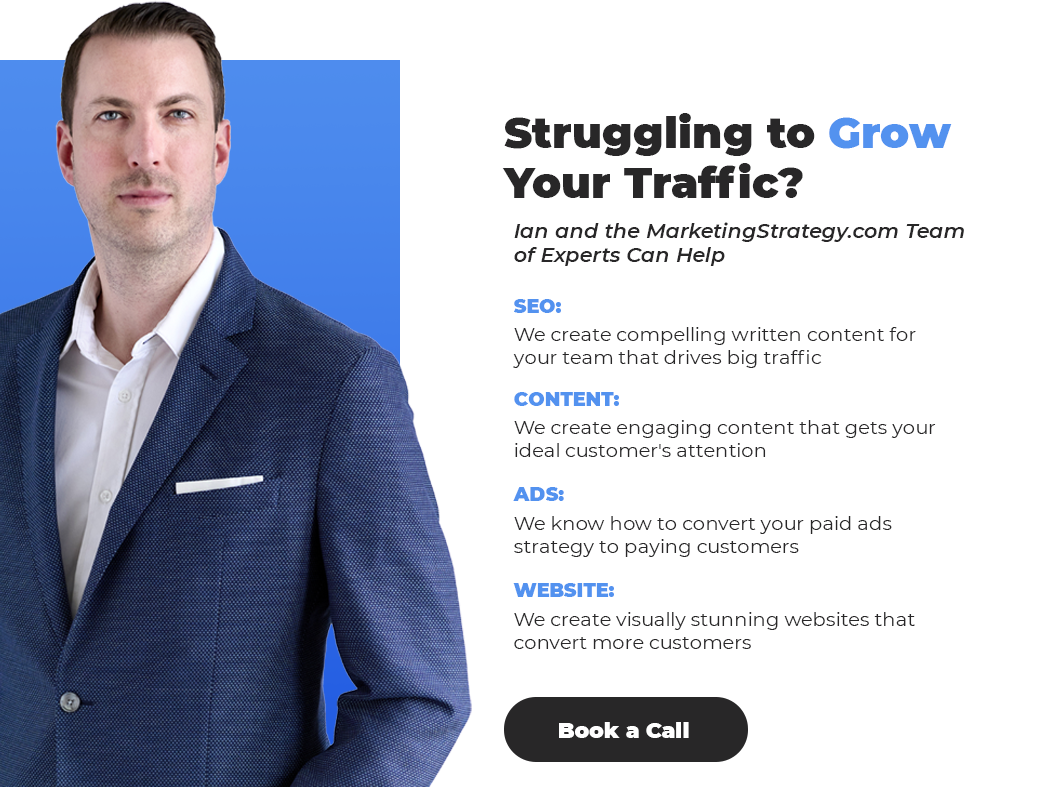





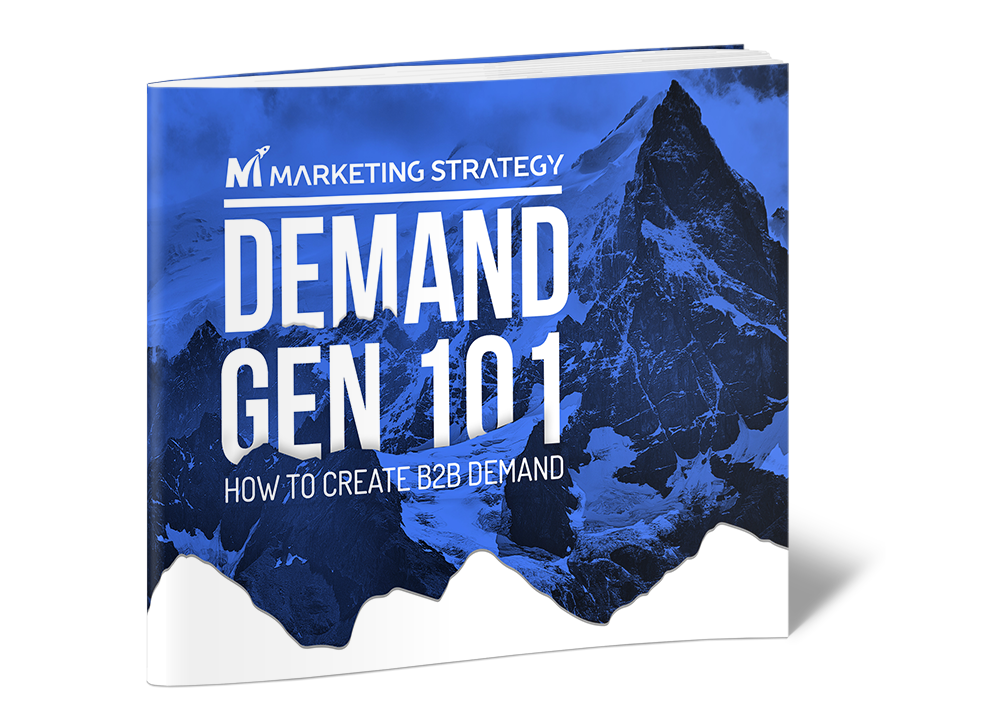

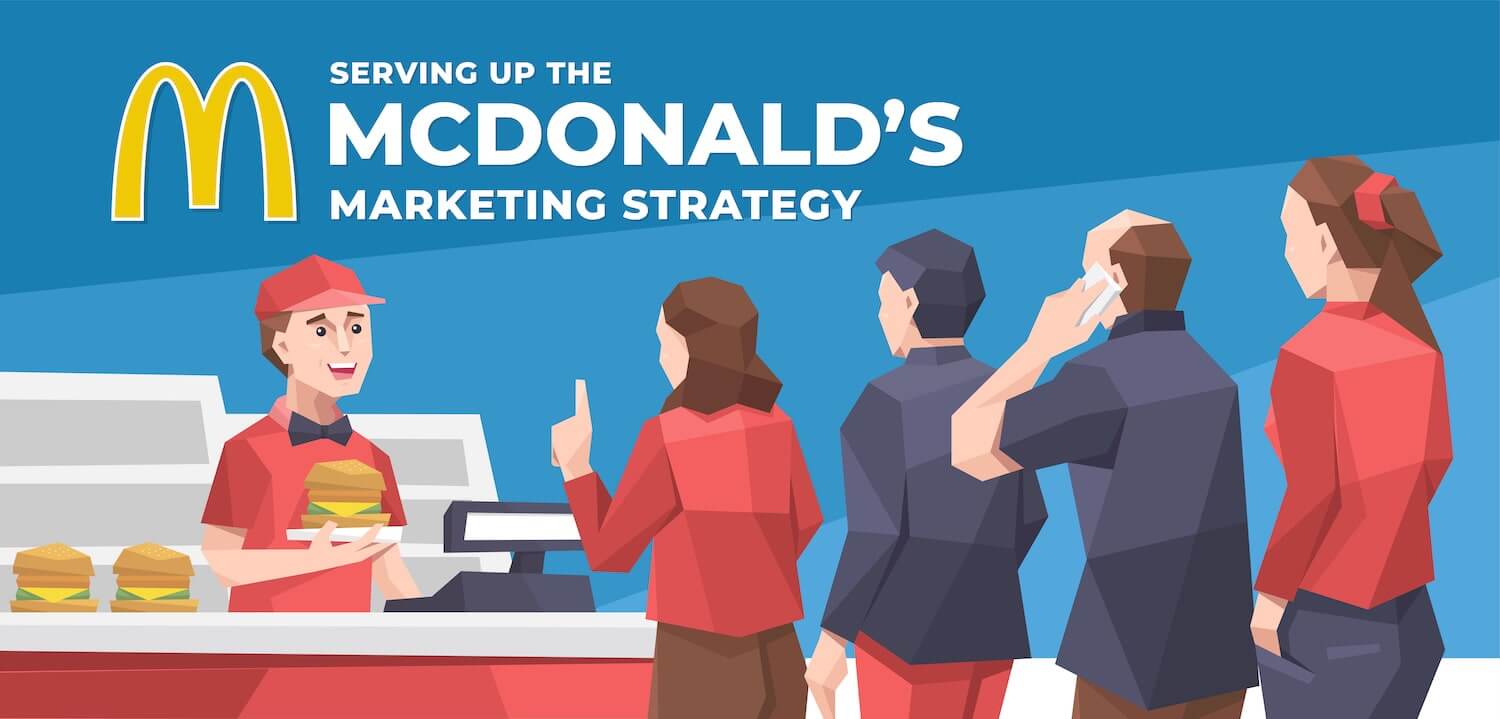

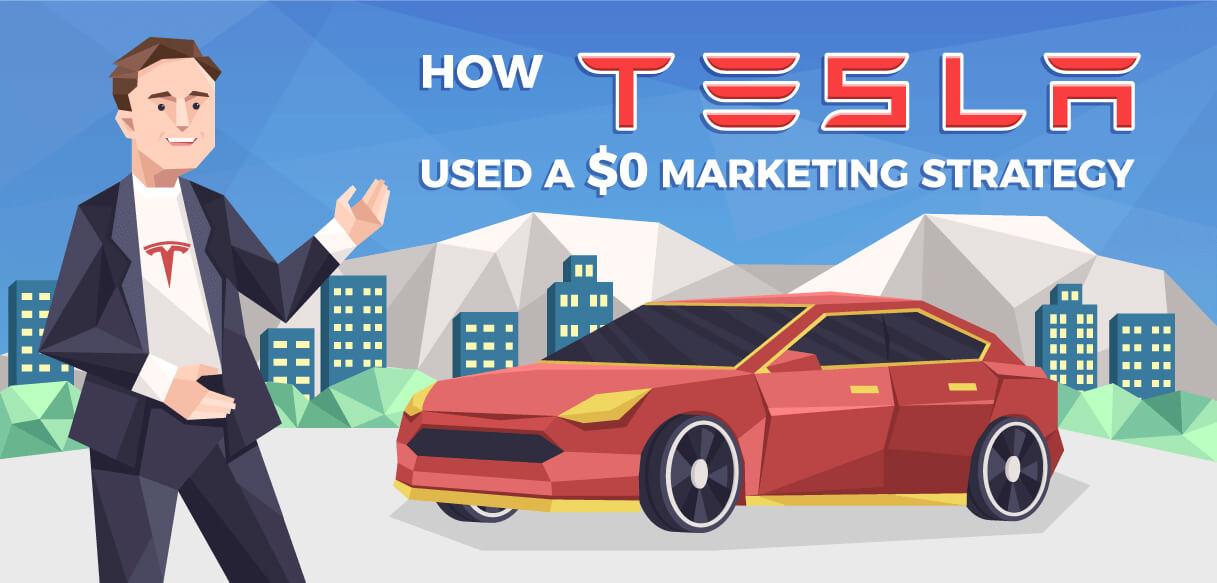
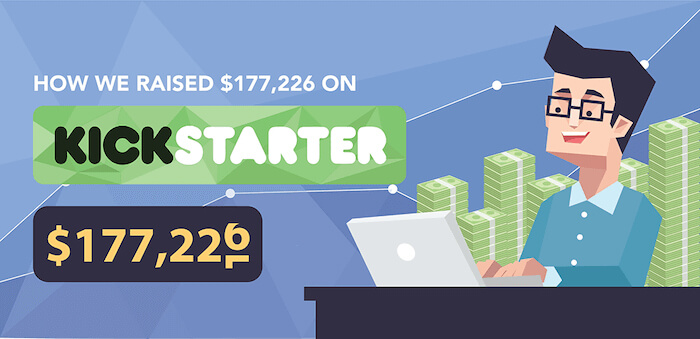
Leave a Reply